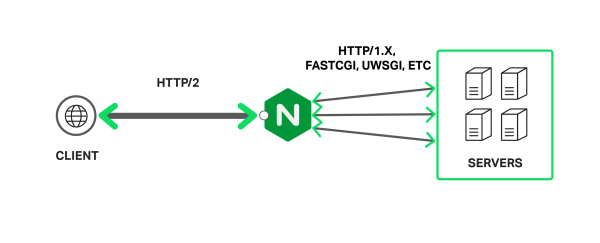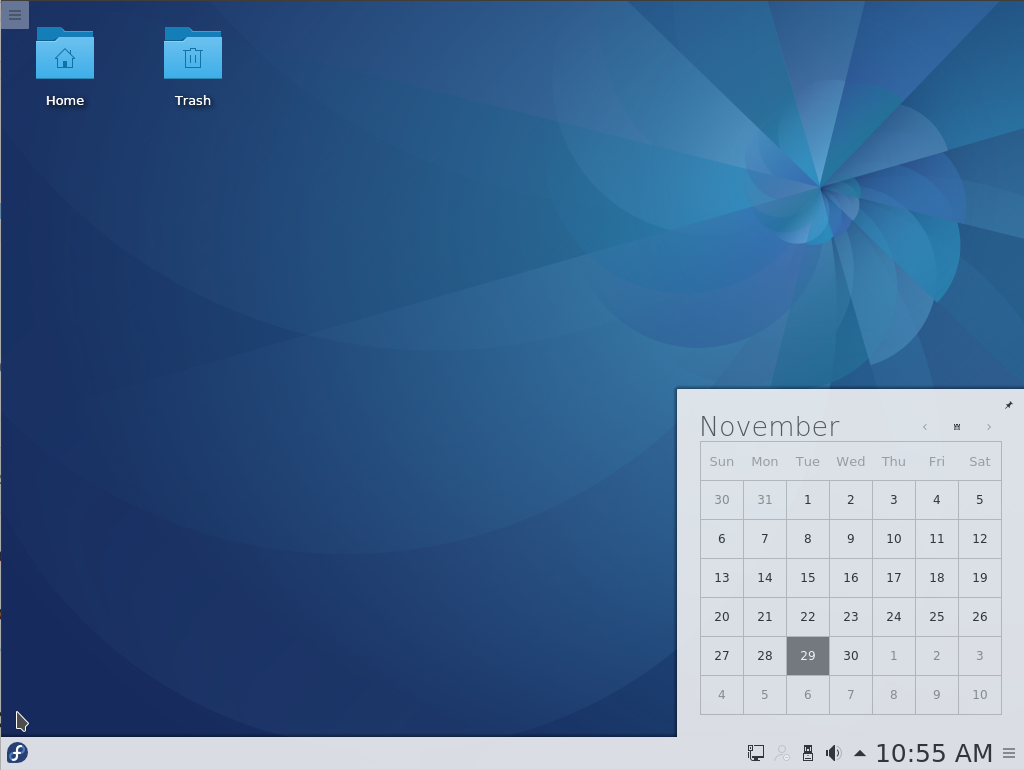How fast does a website need to be? For each second a page takes to load, about 4% of users abandon it. Top e-commerce sites offer a time to first interaction ranging from one to three seconds, which offers the highest conversion rate.
It’s clear that the stakes for web application performance are high and likely to grow.
Wanting to improve performance is easy, but actually seeing results is difficult. To help you on your journey, this blog post offers you ten tips to help you increase your website performance by as much as 10x.
It’s the first in a series detailing how you can increase your application performance with the help of some well-tested optimization techniques, and with a little support from NGINX. This series also outlines potential improvements in security that you can gain along the way.
…
Tip #8: Tune Linux for Performance
Linux is the underlying operating system for most web server implementations today, and as the foundation of your infrastructure, Linux represents a significant opportunity to improve performance. By default, many Linux systems are conservatively tuned to use few resources and to match a typical desktop workload. This means that web application use cases require at least some degree of tuning for maximum performance.
Linux optimizations are web server-specific. Using NGINX as an example, here are a few highlights of changes you can consider to speed up Linux: Continue reading








